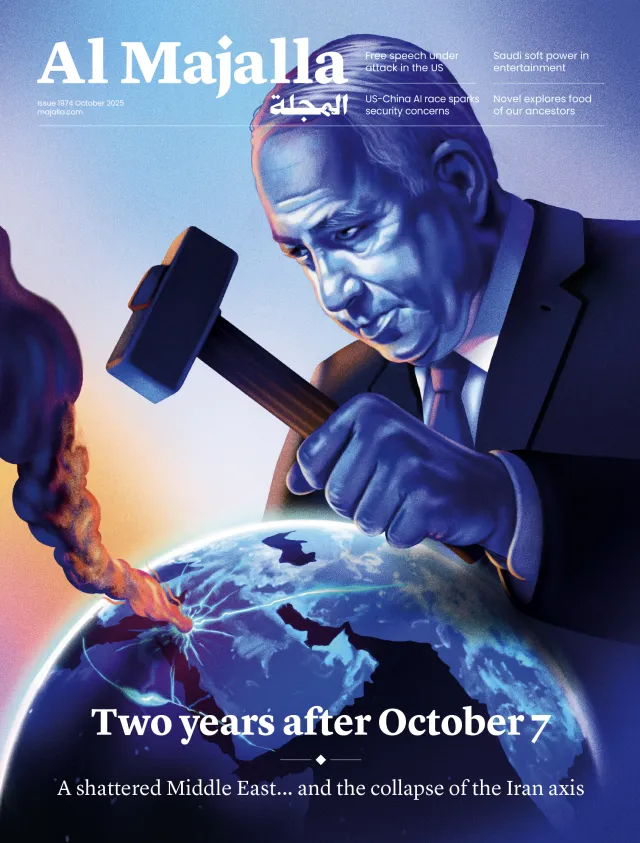President Donald Trump will soon find out that the Middle East he knew in his first term has profoundly changed: Hamas launched a deadly attack on Israel on 7 October 2023, which had huge knock-on effects across the region, including the decapitation of Hezbollah's top leadership and the fall of the Syrian regime of Bashar al-Assad.
However, he will also understand that, as US president, he knows he holds the power to affect even more change. This was clearly demonstrated through his instrumental role in pressuring the warring parties in Gaza—Hamas and Israel—to finally agree to a ceasefire following 15 months of devastating war and back-and-forth negotiations.
Trump's warning that "all hell would break loose" if a deal wasn't reached before his inauguration seemed to have its intended effect—neither Hamas nor Israel dared to test the seriousness of his threat, given his highly unpredictable nature.
As the shake truce seems to be holding, Trump's next challenge will be in two weeks, when his administration will need to get Hamas and Israel back to the table to start negotiating the second phase of the agreement, scheduled to begin 42 days after the initial phase. This phase would see a full prisoner exchange, Israel's withdrawal from Gaza and a permanent ceasefire take hold.




